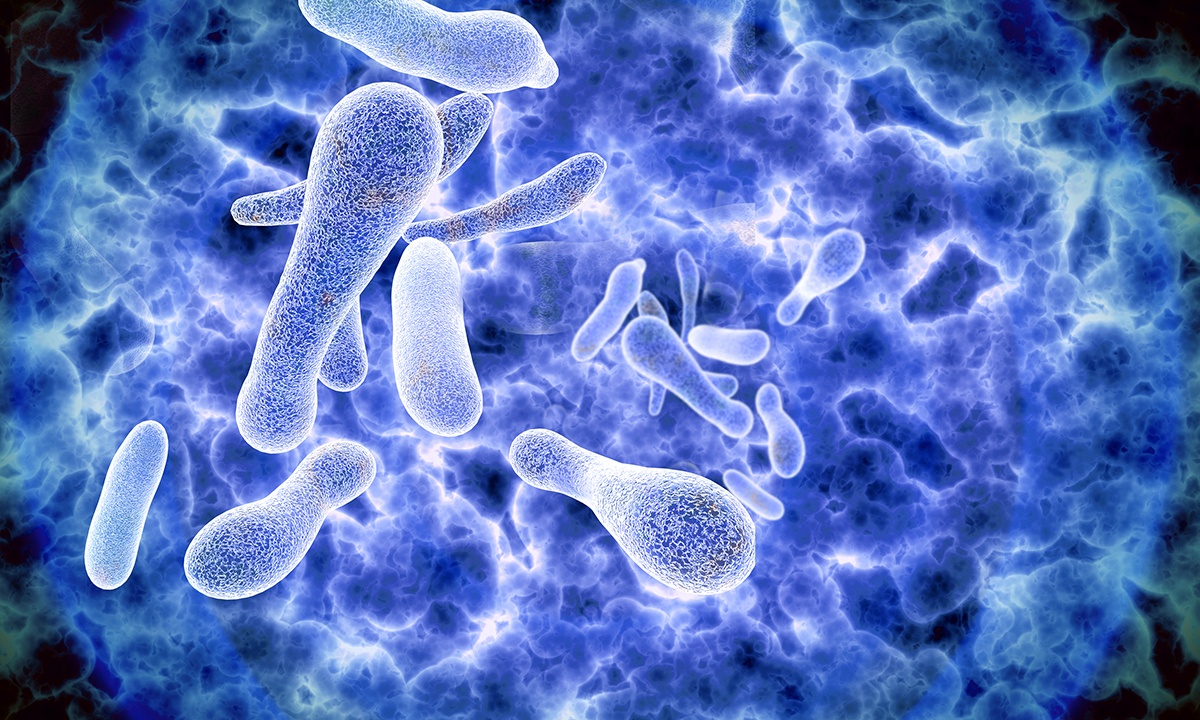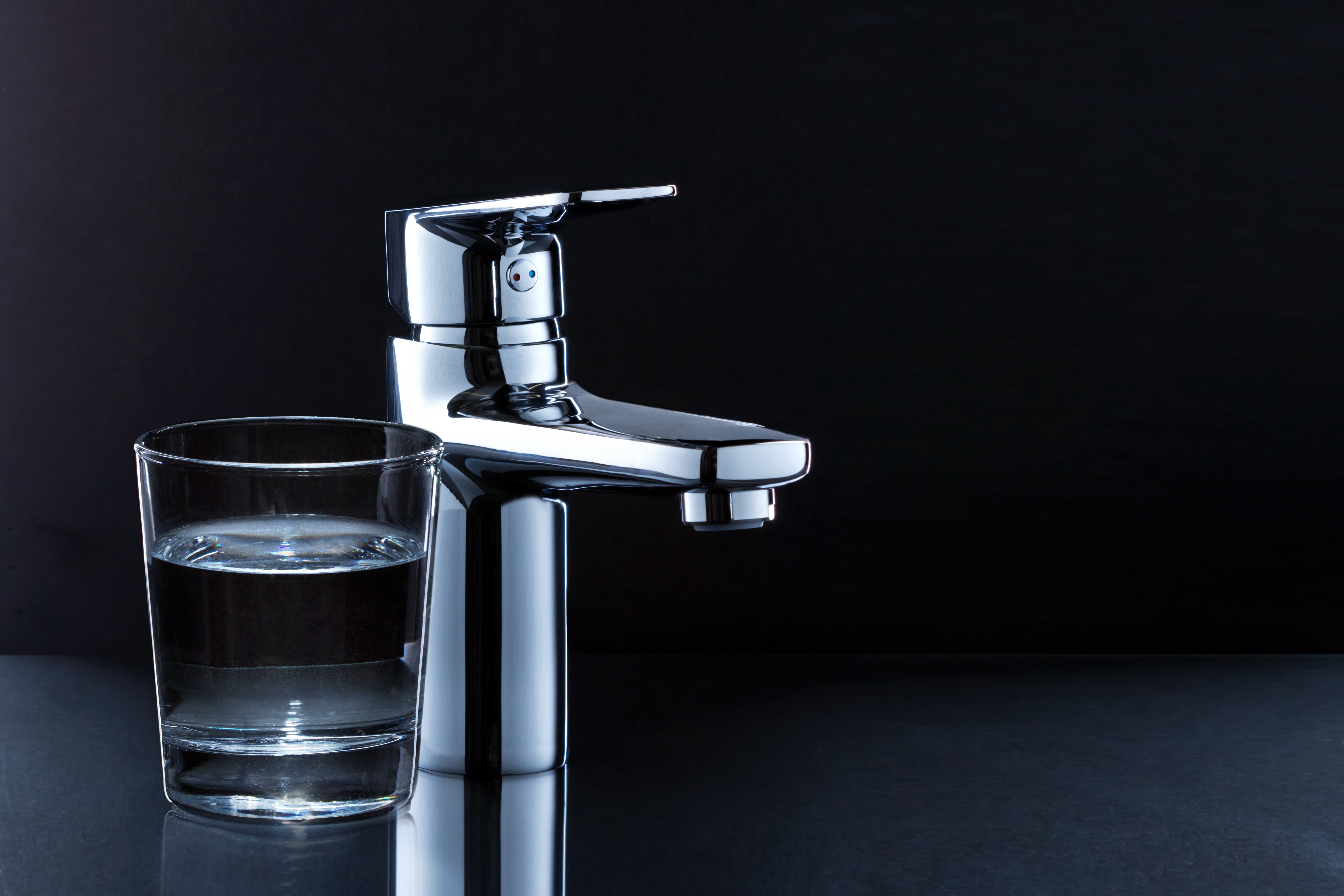
Adam’s Ale, H20, aqua, liquid, spa water, tap water, filtered water, mineral water, l’eau, fizzy water, distilled water. Common-or-garden drinking water has come under a variety of different headings down the years, be they technical, Biblical or plain and simple slang. Yet the one thing we can all agree on with regards to drinking water is just that. That it’s always ‘drinkable’, as the numerous labels imply. Or is it?
Well, YES it is. Apart from when it isn’t. Obviously, water is far from consumer-friendly when its age-old purity/natural quality has been compromised by certain outside elements/factors. And some examples of these are pretty self-explanatory. Any chemicals, toxins or foreign bodies which may have found its way into a drinking water supply understandably sets off alarms from the get-go. Yet other areas are less clear. Some are quite grey, in fact.
Take Legionnaire’s disease, as a point in question. While you categorically CAN’T contract the potentially deadly water-borne disease simply by quaffing water infected by the bacteria, that’s not the full story as such. Should an unwitting individual either cough, gag or choke during drinking contaminated water, then it’s possible that things could turn out rather differently. And not in a good way.
Let us explain.
Although it may read like some sort of urban legend, gagging on a drink of Legionella-infected water can prove troubling. Not least because in still form the water is fine, yet if and when it either hits the sink (and subsequently disperses into an aerosol or spray form, albeit transiently), or you cough (thus releasing vapours of contaminated water, which in microscopic droplet form can them be inhaled and ultimately settle on an individual’s lungs), then the situation might get ugly.
So while on paper – and in short – you can’t simply contract Legionnaires’ disease via drinking contaminated water per se, there are potential instances when it isn’t quite beyond the realms of fantasy that such an exclamation may initially sound. And that’s because the legionella bacteria – as you are already aware – can lead to a form of pneumonia when it enters an individual’s lungs. And not just the lungs are vulnerable, as it can cause infections in wounds and can compromise heart health too, if left undiagnosed/treated. As we’ve stressed previously, the elderly, smokers, heavy drinkers and people with weakened immune systems are amongst the more susceptible to these extreme developments.
So, generally consuming drinking water that might have been subject to Legionella contamination, is safe practice providing it doesn’t develop into a fine mist?
At the end of the day, Legionnaires’ is a recognised disease which attacks the respiratory system; and although you don’t catch it from drinking water directly, as we’ve suggested above, it can manifest should a victim breathe in the bacteria if and when it becomes an aerosol or fine water mist. With the overall risk of contracting Legionnaires’ from the episodes we’ve outlined (regarding home potable drinking water) being low, sporadic cases can and do occur. With what’s described as ‘water going down the wrong pipe’ – something we are all familiar with - another clear danger, in the unfortunate event that said water source has been contaminated by the Legionella bacteria.
Of course, the best way to ensure your health isn’t put at risk by the dormant threat posed by Legionella, is to keep on top of your water treatment issues. Like charity, water cleanliness starts at home, and with this in mind there are a number of rudimentary ways in which you can safeguard against the possibility of any bacteria of this potentially dangerous ilk, being afforded the opportunity to wreak havoc. Primarily when we’re discussing preventative measures we can all follow, disinfecting your domestic water system is key to peace of mind.
Temperatures are Key to Water Storage Safety
In physical terms and practice this includes a thermal disinfection periodically, adopting a filtration set-up at points-of-use and/or boiling drinking water, if in doubt. The first option focuses on increasing the hot water temperature in your water storage system/hot water tank to the maximum setting. We’re talking in the region of 60°C, and flushing each outlet for 20 - 30 minutes with this significantly-heated water. Despite being a relatively short-term measure, it can make all the difference if you have any concerns, and at least until such time as you contact a water treatment specialist to arrange for them to carry out a Legionella’ risk assessment in situ.
And the temperatures are pivotal, because if you didn’t know, the risk of Legionella bacteria taking root is between 20-45°C (and typically if other nutrients it feeds off are also readily available). Below 20°C, and the bacteria remains dormant, whilst it can’t survive – let alone prosper – in temperatures north of 60°C. Hence the critical nature of water temperatures with regards to Legionella. Speaking of facts to round off this blog, did you know that men are deemed to be 3 times more likely to catch the disease, due in the main to their greater lung capacity? And that smokers present significantly higher risks than non-smokers, as is anyone who’s lung function is suppressed in anyway (asthma or bronchial disease sufferers, for example).








